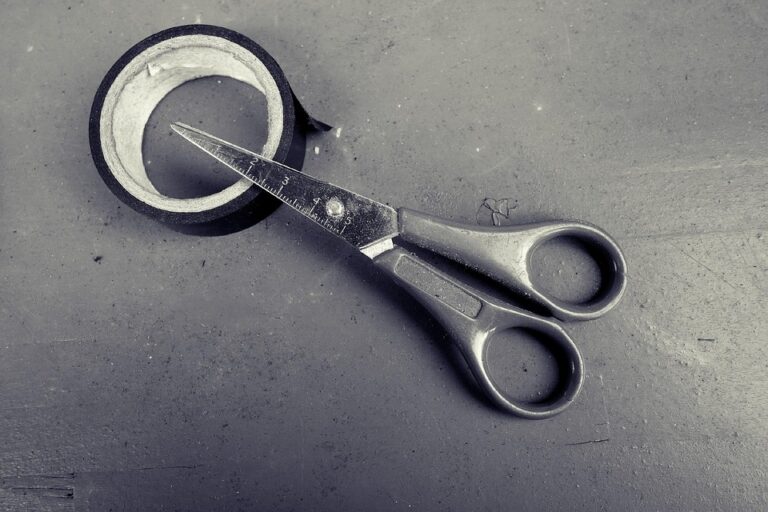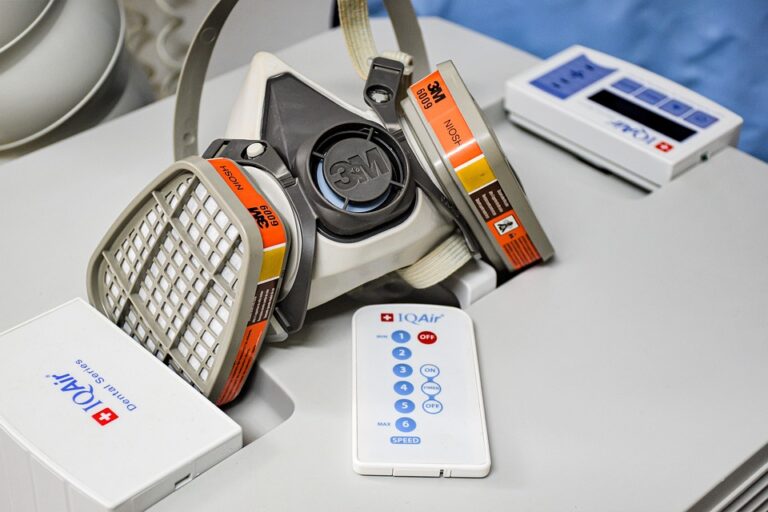как мне удалить двусторонний скотч
[ad_1]
Double-sided tape is a versatile adhesive used in a wide variety of applications, from crafting and DIY projects to mounting objects and securing carpets. Its strong bonding properties make it a favorite among homeowners, hobbyists, and professionals. However, the very strength that makes it so useful can also make removing it a challenge. If not done carefully, removing double-sided tape can damage surfaces, leave behind sticky residue, or even peel paint. Fortunately, with the right tools and techniques, you can remove double-sided tape safely and effectively.
Understanding the Challenge
The difficulty in removing double-sided tape lies in its adhesive properties. The tape is designed to stick strongly to two surfaces simultaneously, creating a bond that is difficult to break. The adhesive itself can vary depending on the type of tape, ranging from rubber-based to acrylic-based adhesives, each with its own unique properties and resistance to solvents and heat. Furthermore, the surface to which the tape is adhered plays a significant role. Delicate surfaces like painted walls or wallpaper require a gentler approach than robust surfaces like metal or glass.
Tools and Materials You’ll Need
Before you begin, gather the necessary tools and materials. Having everything on hand will make the process smoother and more efficient. Here’s a list of common items you might need:
- Plastic Putty Knife or Scraper: Avoid metal scrapers, as they can easily scratch surfaces. A plastic putty knife is gentler and less likely to cause damage.
- Hair Dryer or Heat Gun: Heat softens the adhesive, making it easier to peel away the tape. Use caution and avoid overheating, which can damage surfaces.
- Solvents (Choose one or more):
- Rubbing Alcohol (Isopropyl Alcohol): A mild solvent that can dissolve many types of adhesive.
- Goo Gone or Similar Adhesive Remover: Specifically designed to remove sticky residue. Follow the manufacturer’s instructions.
- WD-40: A multi-purpose lubricant that can also loosen adhesive bonds.
- Vinegar: A natural and mild solvent that can be effective on some types of adhesive.
- Clean Cloths or Rags: For applying solvents and wiping away residue.
- Dish Soap and Water: For cleaning the surface after removing the tape and residue.
- Gloves: To protect your hands from solvents.
- Safety Glasses: To protect your eyes from splatters.
Step-by-Step Removal Techniques
The best removal method depends on the type of surface and the stubbornness of the tape. Here’s a breakdown of different techniques:
1. Heat Application
This is often the first and most effective method to try.
- Apply Heat: Use a hair dryer or heat gun on a low setting to gently heat the tape for several seconds. Move the heat source back and forth to avoid overheating a single spot.
- Test a Corner: Try peeling up a corner of the tape with your fingernail or a plastic putty knife.
- Peel Slowly: If the tape comes up easily, continue peeling slowly and steadily, applying heat as needed.
- Remove Residue: If any residue remains, proceed to the solvent application method.
Совет:
Be especially careful when using heat on painted surfaces. Excessive heat can soften the paint and cause it to peel.
2. Solvent Application
If heat alone doesn’t work, a solvent can help dissolve the adhesive.
- Test in an Inconspicuous Area: Before applying any solvent, test it on a small, hidden area of the surface to ensure it doesn’t damage the finish.
- Apply the Solvent: Soak a clean cloth or rag with your chosen solvent (rubbing alcohol, Goo Gone, WD-40, or vinegar).
- Saturate the Tape: Press the cloth firmly against the tape, allowing the solvent to soak into the adhesive for several minutes.
- Peel or Scrape: Try peeling up a corner of the tape. If it’s still difficult to remove, use a plastic putty knife to gently scrape away the tape.
- Repeat as Necessary: Repeat the process of applying solvent and peeling or scraping until all the tape is removed.
- Очистите поверхность: Once the tape is removed, clean the surface with dish soap and water to remove any remaining solvent and residue.
3. Combination Approach
In some cases, you may need to combine heat and solvent application for best results.
- Apply Heat: Gently heat the tape with a hair dryer or heat gun.
- Apply Solvent: While the tape is still warm, apply your chosen solvent to saturate the adhesive.
- Peel and Scrape: Use a plastic putty knife to carefully peel and scrape away the tape.
- Clean Up: Clean the surface with dish soap and water.
Specific Surface Considerations
Different surfaces require different levels of care and attention when removing double-sided tape.
- Painted Walls: Use low heat and mild solvents like rubbing alcohol or vinegar. Avoid harsh chemicals and aggressive scraping.
- Wood: Be careful not to damage the finish. Test solvents in an inconspicuous area first. Consider using mineral oil or furniture polish to remove residue.
- Glass: Glass is generally more resilient, but still avoid excessive heat. Use a razor blade scraper carefully, holding it at a shallow angle.
- Plastic: Some plastics can be sensitive to solvents. Test in a hidden area first. Avoid strong chemicals that can melt or discolor the plastic.
- Fabric: Blot gently with a solvent-soaked cloth. Avoid rubbing, which can spread the adhesive. Dry cleaning may be necessary for delicate fabrics.
Preventing Future Problems
To avoid future headaches when using double-sided tape, consider these tips:
- Choose the Right Tape: Select a tape that is appropriate for the surface and the intended use. There are tapes specifically designed for delicate surfaces or for temporary applications.
- Test Before Applying: Always test the tape in a small, hidden area before applying it to a large surface.
- Use Removable Tape: If you anticipate needing to remove the tape in the future, opt for removable double-sided tape.
Заключение
Removing double-sided tape can be a frustrating task, but with the right approach, tools, and patience, it is achievable. By understanding the adhesive properties of the tape, considering the surface type, and employing appropriate removal techniques, you can safely and effectively remove double-sided tape without damaging your surfaces. Remember to always test solvents in an inconspicuous area first and to proceed with caution, especially when dealing with delicate surfaces. A little preparation and careful execution can save you time, effort, and potential damage in the long run.
Frequently Asked Questions (FAQs)
[ad_2]





